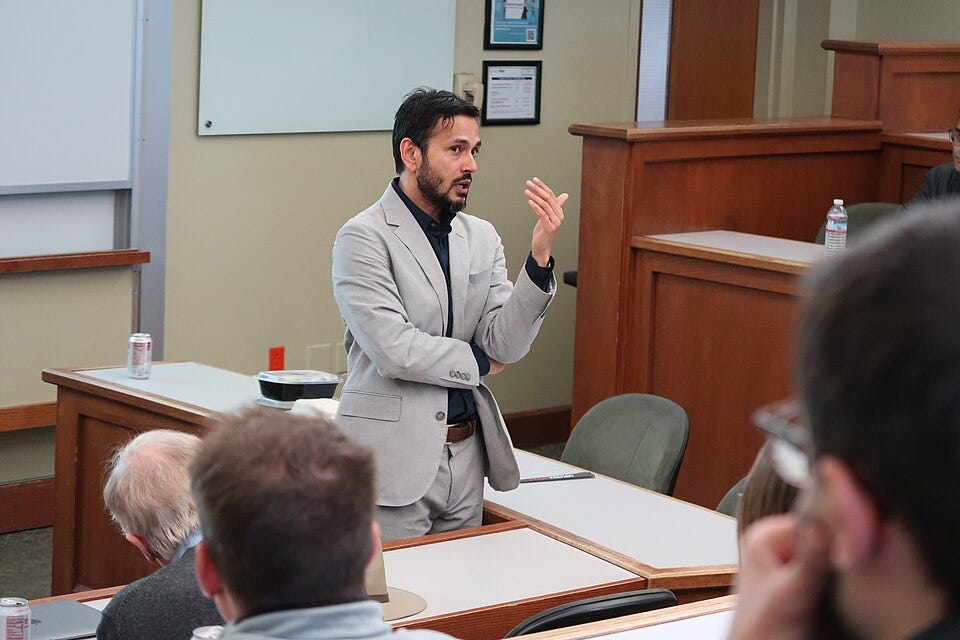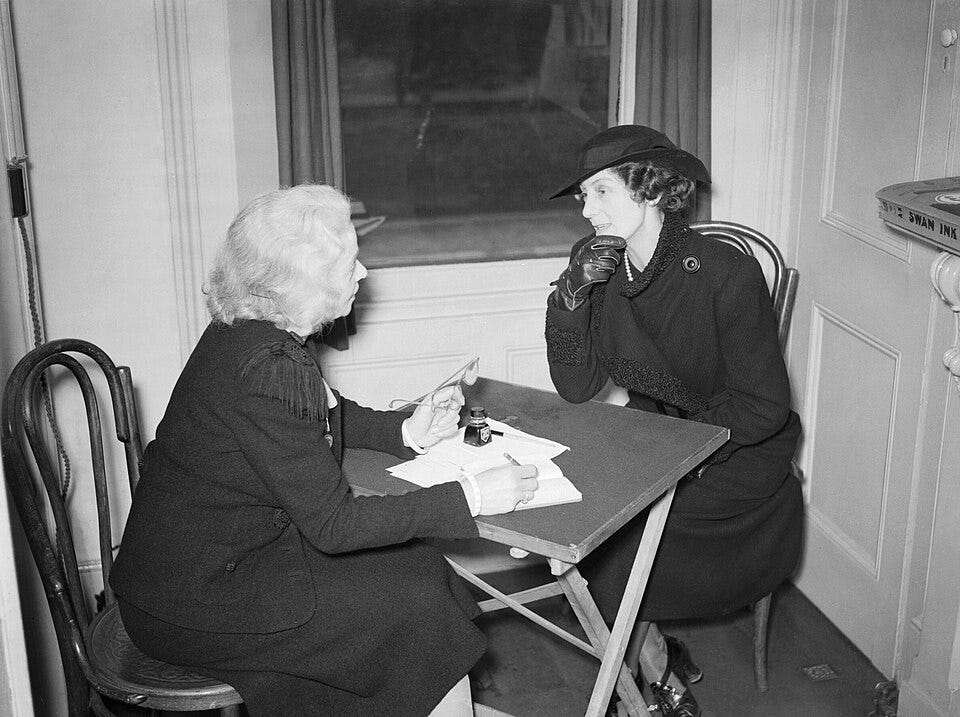Each area of knowledge has its experts whose reputations are timeless. In the area of contract law (the area of law which underpins all our daily commerce), one such expert was Sir Guenter Treitel.
Guenter Treitel was professor of law at the University of Oxford from 1979 to 1996, but was known, above all, for his textbook The Law of Contract.
He wrote the first edition in 1962, and then a further eleven editions followed (Treitel on Contract lives on today under the authorship of Edwin Peel).
UK Supreme Court justice Lord Andrew Burrows was a pupil and later a colleague of Treitel’s at Oxford, and identifies The Law of Contract as one of the three great English contract law textbooks (the others being Anson’s Law of Contract and Cheshire and Fifoot’s Law of Contract).
In a paper on Sir Guenter Treitel delivered in May 2021, Lord Burrows analyses Treitel’s work and his textbook in particular.
What can we learn from Sir Guenter Treitel?
Treitel’s aim in writing The Law of Contract, according to Burrows, was to help students get a more “complete” understanding of the law of contract.
He wanted to focus on a greater breadth of contracts and show contract law in a more sophisticated light.
In most walks of life, and certainly as lawyers, we are required to explain things to others, whether in writing like Treitel, or verbally in a meeting, or even through other newer media like slides or video.
Burrows’ paper highlights both the strengths and weaknesses of Treitel as an explainer in his textbook.
Here are three lessons I learned from the life of Guenter Treitel on how to explain the law so that people really understand.
Seek a balance between detail and the bigger picture
Burrows describes how, in explaining contract law to students, Treitel sought to examine judges’ reasoning in more depth than other student books.
So as to provide a more complete picture than other textbooks, Treitel also included many more cases.
“Another distinctive feature of the book…was the full and careful attention he paid to statutes…The wealth of information contained within the book is breathtaking…It follows that one can almost always find some help if one is stuck on a point.”

Treitel sought to produce an account of the law that was ‘internally coherent’ and which identified connections and overlap between different areas of contract law.
“To produce a coherent account across such a wide area, one technique is to focus on the key cases and principles and leave out complications. This was very much not Treitel’s approach. His technique…was one of articulating general rules followed by potentially numerous qualifications or exceptions to them.”
As Burrows identifies, this approach has its drawbacks:
“The big danger of trying to present all the details of the law is that one loses sight of the bigger picture. More specifically, in reading Treitel’s account, it would be difficult for many students to work out which should be regarded as the leading cases and which are relatively subsidiary….Here I think lies the weakness of Treitel as a student text compared to Anson and Cheshire and Fifoot…those texts would not only tend to exclude material that is marginal and complex but would also tend to highlight the leading cases more prominently by discussing them in greater detail.”
Keep your intended audience in mind at all times
Treitel’s strength, per Burrows, was to explain contract law clearly and succinctly.
“The writing in Treitel’s textbook is very precise and succinct with not a word wasted. The clarity and thought and mastery of the subject matter shines through.”
However, Burrows himself comments:
“When I was a student in the 1970s, I bought all three of the recommended textbooks, Anson, Cheshire and Fifoot and Treitel, and found all three very useful. But there is no doubt that, for a student, Treitel was the most difficult of the the three.”

We learn from Burrows’ account that, with his desire to be comprehensive, “successive editions of Treitel became even longer and more difficult.”
And Burrows comments:
“Perhaps not surprisingly therefore even his writing aimed at students appealed to practitioners and judges. Indeed, as successive editions of his textbook on Contract became longer and more detailed, it may be that judges and practitioners became his primary readership and admired his work the most.”
Be sure to seek alternative views
Burrows lauds Treitel’s style as a practical legal scholar -
Treitel’s style of explaining the law by providing a detailed, clear, comprehensive and complete picture, setting out the rules and exceptions with a focus on primary sources “matters because because that…is used by judges and practitioners in deciding cases in the English courts. The judges want to hear legal argument, based on precedent, in order to arrive at an answer to the factual question before them that not only satisfies their intuitions, but is also justified according to legal rules and principles.”
He quotes former Supreme Court justice Lord Rodger who talked of the importance of teachers of law “engaging directly with the nitty-gritty of how it actually operates in practice.”

Yet we also learn how Treitel’s textbook contained little reference to academic work:
“…there is virtually no examination…of particular academic views, and certainly no attempt to engage directly with them by discussing in the text their strengths and weaknesses…In similar vein there is surprisingly little use made of hypothetical examples…to test out what the law is.”
This has its disadvantages according to Burrows:
“The advocate in the appellate court and law students alike can gain greater understanding from what legal academics…have to say about the cases and statutes. Not to engage seriously with those debates is to rob the reader of potentially important insights.”
Leaving out academic criticisms of the law results in it losing its appearance as “a creative form of reasoning.”
How to apply these lessons from Treitel
I recently had to prepare training materials for some internal clients on new contract forms we were rolling out, and found the above insights very useful.
I made sure the instruction started with an overview of the fundamentals of the topic, described how the new contracts differed from the existing set, and set the business context in which they would be used (so as to provide the “bigger picture”).
When drilling down into the details of the new forms, I tried to put myself in my clients’ shoes and think how they would use them:
Since their role would be to fill out a particular part which brings the various applicable contract modules together, part of the training focused on how to do that.
I also included some information on how other stakeholders would use the new materials and what their reaction had been.
When practicing law, I can sometimes feel like a teacher, since the law is like a language one is trying to translate and explain to clients.
In this regard, I believe there is much one can learn from Sir Guenter’s Treitel’s efforts as a teacher of contract law.




